Rag Rugging for Beginners: Make Textile Home Decorations
Course final project
A course by Elspeth Jackson (Ragged Life) , Textile Artist and Rug Maker
Joined November 2020
About the final project for: Rag Rugging for Beginners: Make Textile Home Decorations
Rag Rugging for Beginners: Make Textile Home Decorations
“Wow! You've now reached the final stage of the course. It has been so lovely teaching you how to rag rug. Thank you for being such a great and engaged student! I will now give you a little reminder of the steps needed to complete your project. Preparing the Materials Choosing the hessian (or burlap): When selecting your hessian, choose a good quality one with a regular weave in order to create a rag rug that will last for years. A high-quality hessian tends to be more golden in colour, as opposed to a dirty brown. Aside from the quality, choose a hessian with a weave of roughly ten holes per inch. You can go slightly tighter or looser than this, but it’s a good weave to aim for, as it will help to secure your fabric pieces in position. Tips on fabric selection: The ethos is around recycling. So ideally, I encourage you to use old clothing and textile waste. If you don’t have these around, then you can source cheap clothing in charity and thrift shops. Avoid buying new material! You can even ask friends and family for offloads before spending money. You’d be surprised by how much stuff comes your way!
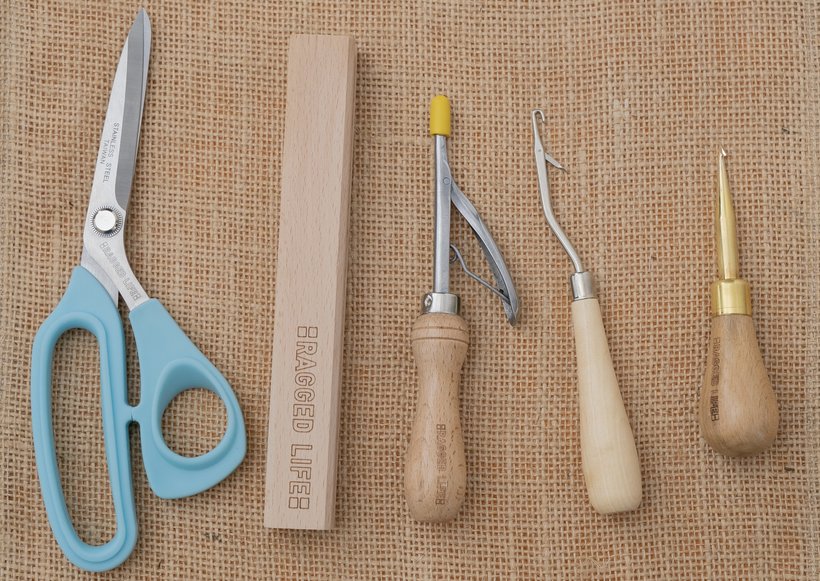

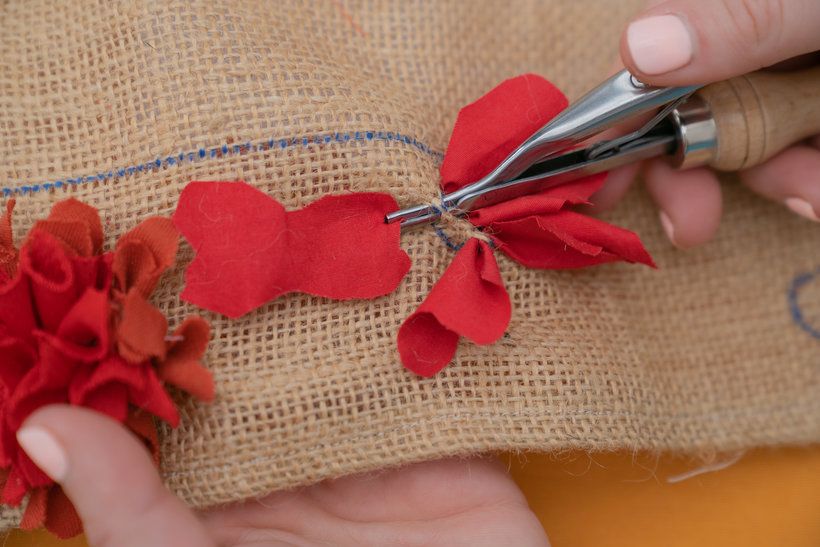
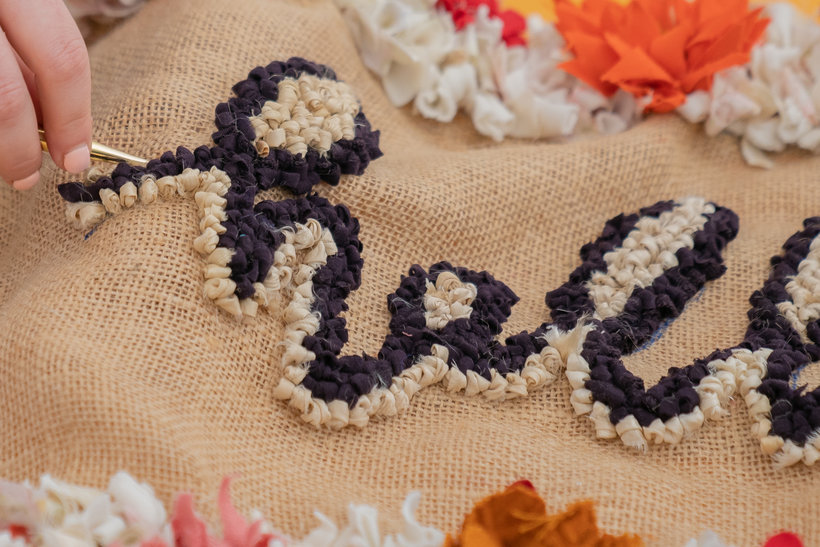
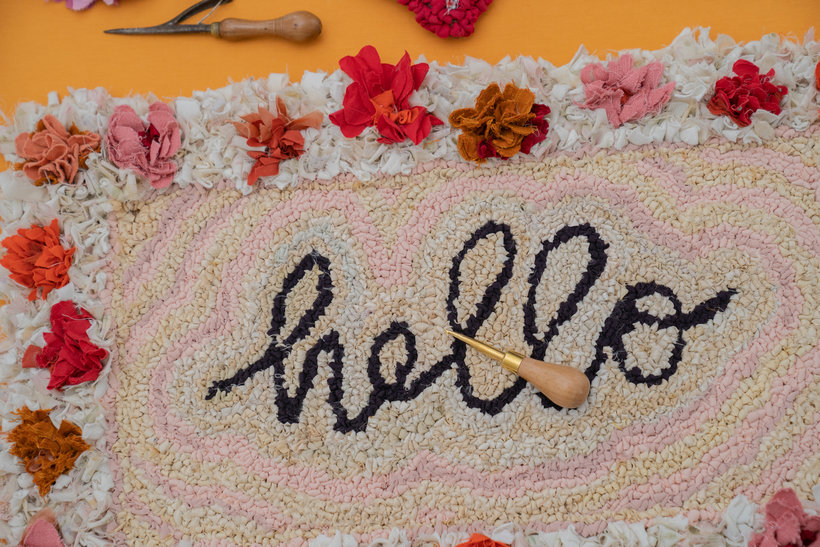
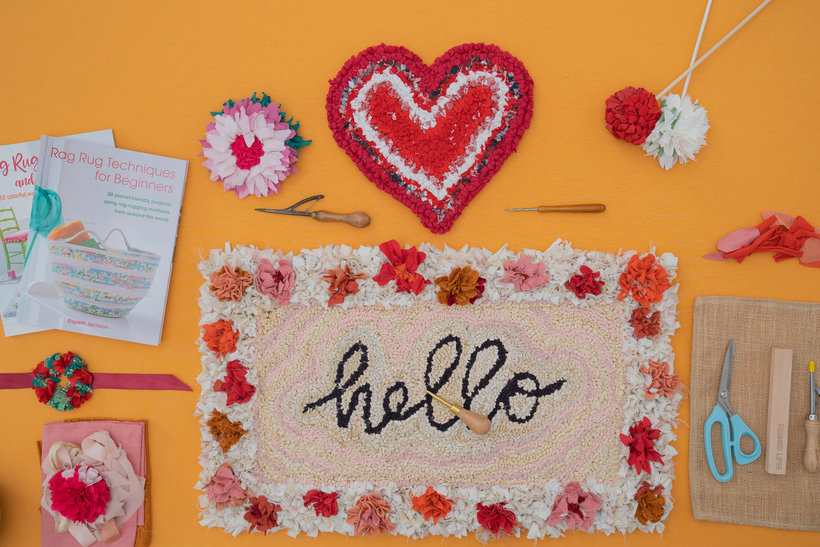
Partial transcription of the video
“ Final Project Well done, you've made it to this stage in the course, which is our final lesson. In this lesson, I'll be recapping some of the main steps that you'll need to complete to be able to do your final project. To start with, I wanted to mention that we need to source our Hessian. There are a few things that you need to watch out for. The first one is that you want a weave of Hessian that's approximately ten holes per inch. You can vary it slightly from there but it's a good place to start out. The second thing to watch out for is to look for a better quality one. You're looking f...”
This transcript is automatically generated, so it may contain mistakes.
Course summary for: Rag Rugging for Beginners: Make Textile Home Decorations
-
Category
Craft -
Areas
Accessory Design, Arts & Crafts, Decoration, Fiber Arts, Textile Design

Elspeth Jackson (Ragged Life)
A course by Elspeth Jackson (Ragged Life)
Elspeth Jackson is a textile artist and rug maker based in Brighton, England. She’s also the founder of sustainable craft business Ragged Life. Elspeth grew up in a creative household and was first introduced to the technique of rag rugging by her mother. As a teenager, she began making rugs of her own using recycled materials, and later went on to run workshops on the art form. In 2014, after the success of her workshops, she started her brand Ragged Life.
Since then, Elspeth has taught thousands of crafters how to upcycle their textile waste through rag rugging and sells everything from pre-printed hessian to rug ragging tools. She also works with local mills to prevent their textile offcuts from going to landfills as part of her commitment to sustainability. Elspeth has published two books in which she shares her expertise on the craft, Rag Rugs, Pillows & more and Rag Rug Techniques for Beginners, and has appeared on TV both in the UK and globally. In 2019, she also won the Mollie Makes Best Established Business Award.
- 100% positive reviews (38)
- 1,200 students
- 20 lessons (4h 8m)
- 14 additional resources (5 files)
- Online and at your own pace
- Available on the app
- Audio: English
- English · Spanish · Portuguese · German · French · Italian · Polish · Dutch
- Level: Beginner
- Unlimited access forever





